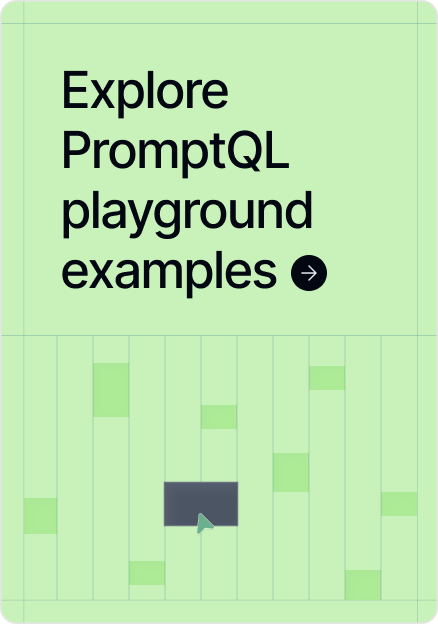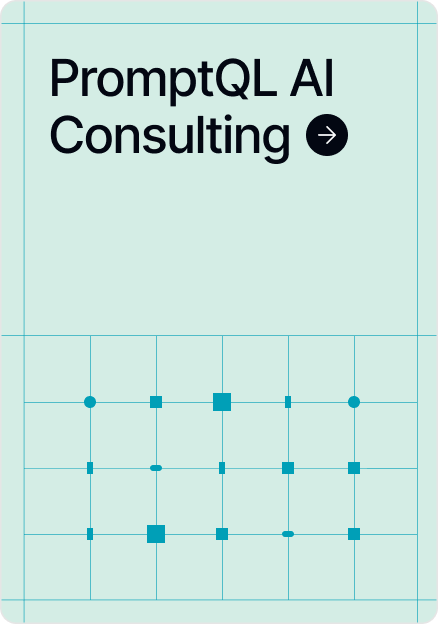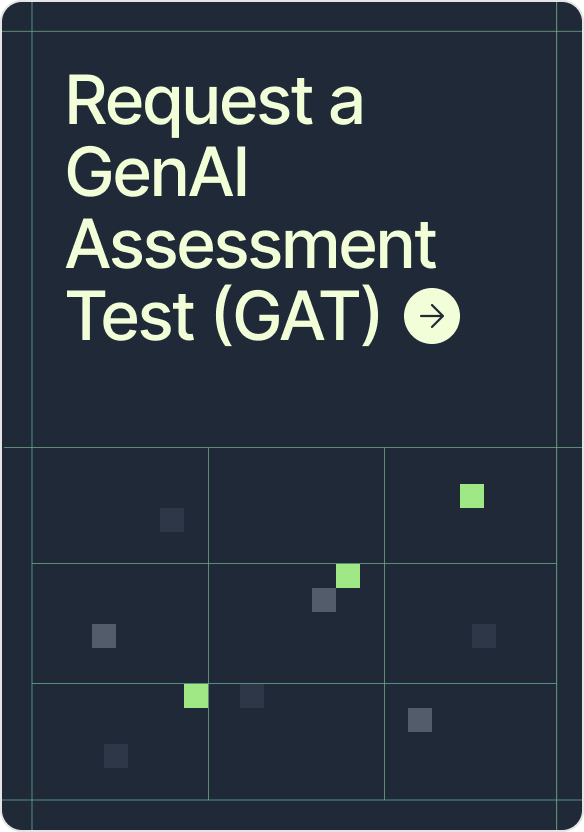•
AI Analyst pyramid of needs
- Bottom: factual questions – What happened?
- Middle: understanding and foresight – Why? What’s next?
- Top: guidance and action – What should we do?
- Jump straight to actions without foundations → cool demos that die in pilot.
- Stay at the base → low impact, just another talk-to-dashboard wrapper.
T1: Descriptive – What happened?
- How many T1 orders did we ship in Zone 2 yesterday?
- What was the average abandoned cart size last quarter?
- Which organic products sold best during the holiday sale?
Capabilities for success:
- Semantic foundations
Business concepts and terms (T1, Zone 2, VIP) are encoded for correct and consistent interpretation. - Deterministic execution
Natural language mapped to well-reasoned query plans that are executed programmatically outside the LLM context - Performance & freshness discipline
Answers come quickly (sub-seconds to a few seconds) and reflect data within declared freshness windows. - Explainability & receipts
Every answer includes the value, time window, filters, and links to metric definitions and lineage – executives get “one-line answers with receipts.” - Governance & access control
Enforces existing RBAC, PII masking, etc. rules and keeps immutable audit logs for accountability and compliance. - Observability & guardrails
Telemetry on routing, latency, cost, and data freshness, with circuit breakers to prevent runaway queries or degraded performance. - Self-serve UX
Simple interfaces where users can disambiguate terms and pivot results without needing to wade through SQL.
Impact:
- Self serve answer for the simple stuff
- Reduction in ad‑hoc analysts tickets
- Executives get reliable “one‑line answers with receipts.”
T2: Diagnostic – Why did it happen?
- Why did late returns on LEGO spike in February?
- Why did BOS outperform NYC for the Halloween25-2x campaign?
- Is the recent sales dip in NYC correlated with local weather events?
Capabilities for success:
- Multi-source fusion
Combine structured internal data (sales, returns), external feeds (weather, shipping), and unstructured/semi-structured signals (support tickets, error logs) - Accept RCA runbook
Ability to provide RCA playbooks that capture how your analysts investigate shifts – either ad hoc or baked into the AI for repeatability. - Deeper reasoning & math engines
Analytical core that can decompose changes into ranked drivers, apply confounding controls, and run sensitivity checks so explanations are stable, quantified, and defensible. - Diagnostic UX
Clear outputs executives trust and analysts can rerun: driver narratives, quantified impacts, confidence levels, and reproducible plans (segments, filters, controls).
Impact:
- RCA that used to take hours shrink to minutes → faster actions
- Executives get driver narratives with evidence, not just charts.
- Analysts focus on higher-value validation and design of next steps.
T3: Prescriptive – What should we do?
- In the next 30 days, what’s the optimal sequence of email vs. push campaigns to reactivate customers inactive since summer?”
- What products should get premium shelf space in Austin stores right now given the wet weather?
- During December peak, which shipping options should we feature at checkout to maximize conversion while keeping fulfillment costs inside budget?
Capabilities for success:
- Decision frames & guardrails
Ability to formalize objectives, levers, and constraints (budget, capacity, compliance) so recommendations always land inside safe boundaries. - Reasoning & optimization engines
Core models that estimate uplift, simulate scenarios, and resolve trade-offs across multiple objectives (e.g., conversion vs. cost). Includes sequencing and pacing logic. - Uncertainty & robustness
Every recommendation comes with confidence intervals, sensitivity checks, and cautions so leaders see not just what to do but how reliable it is. - Closed-loop learning
Experimentation and off-policy evaluation to validate recommendations, with feedback loops that update models. - Prescriptive UX & governance
Options presented as ranked, quantified choices with rationale, risks, and required approvals. Every recommendation is reproducible, auditable, and linked to owners.
- Leaders get actionable options.
- Operators save time with ranked choices.
- Decisions are consistent and transparent.
- Everyone benefits from high-quality reasoning that improves over time.
A note on autonomy
- It usually sits outside the analyst/data scientist purview.
Autonomy lives more in the business domain, where leaders decide what kinds of actions are safe and desirable to automate. - Not all actions can be triggered in software.
In many cases, the intervention required is human or analog – a store redesign, a contract renegotiation, a customer call. Those can’t be pushed into a system as a simple trigger.




